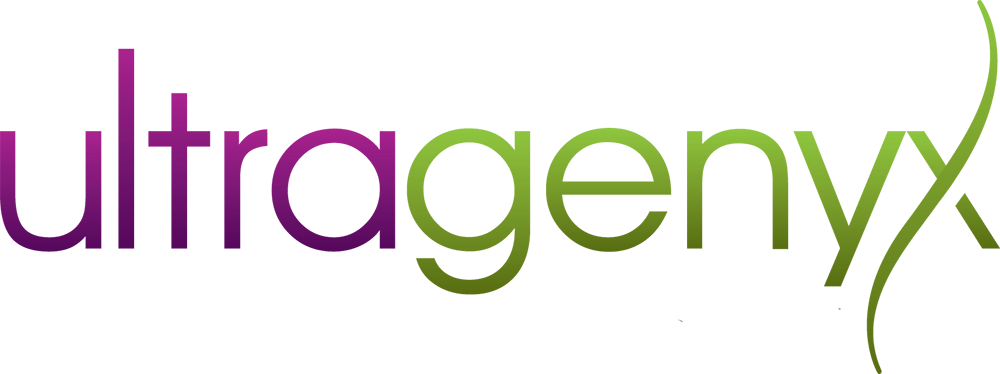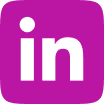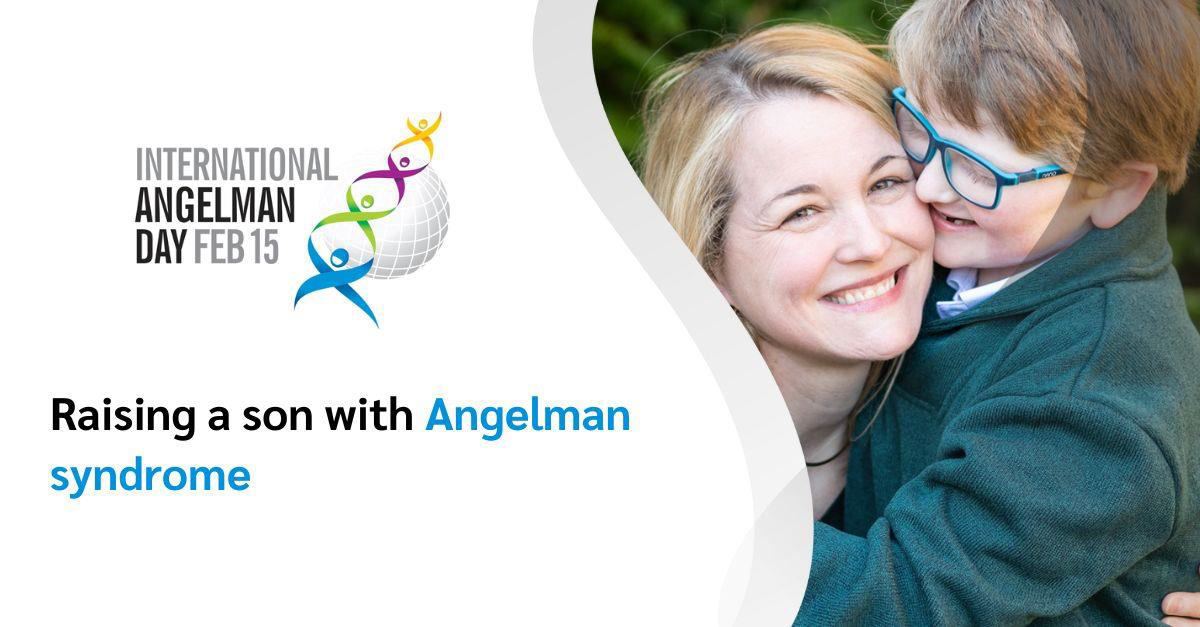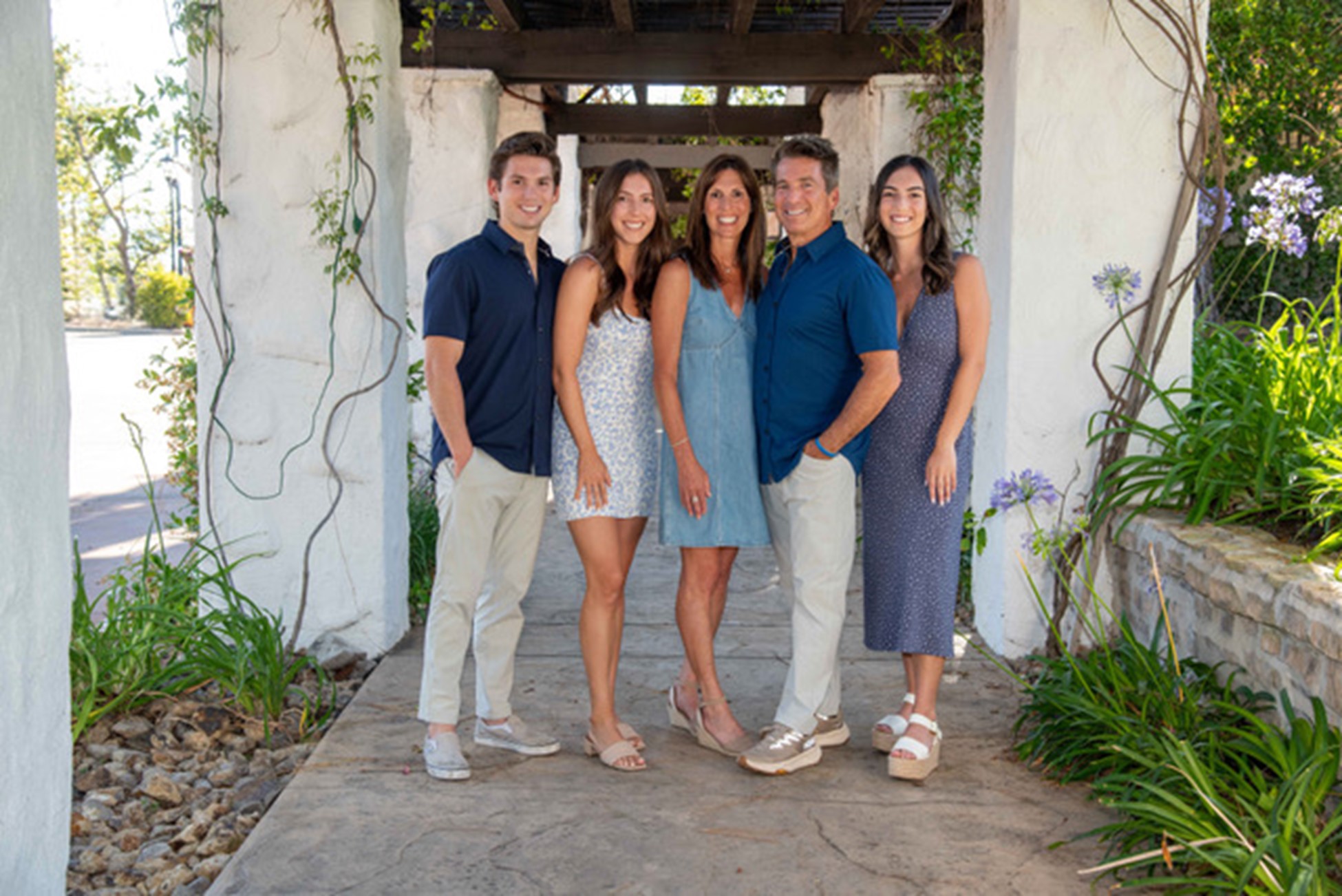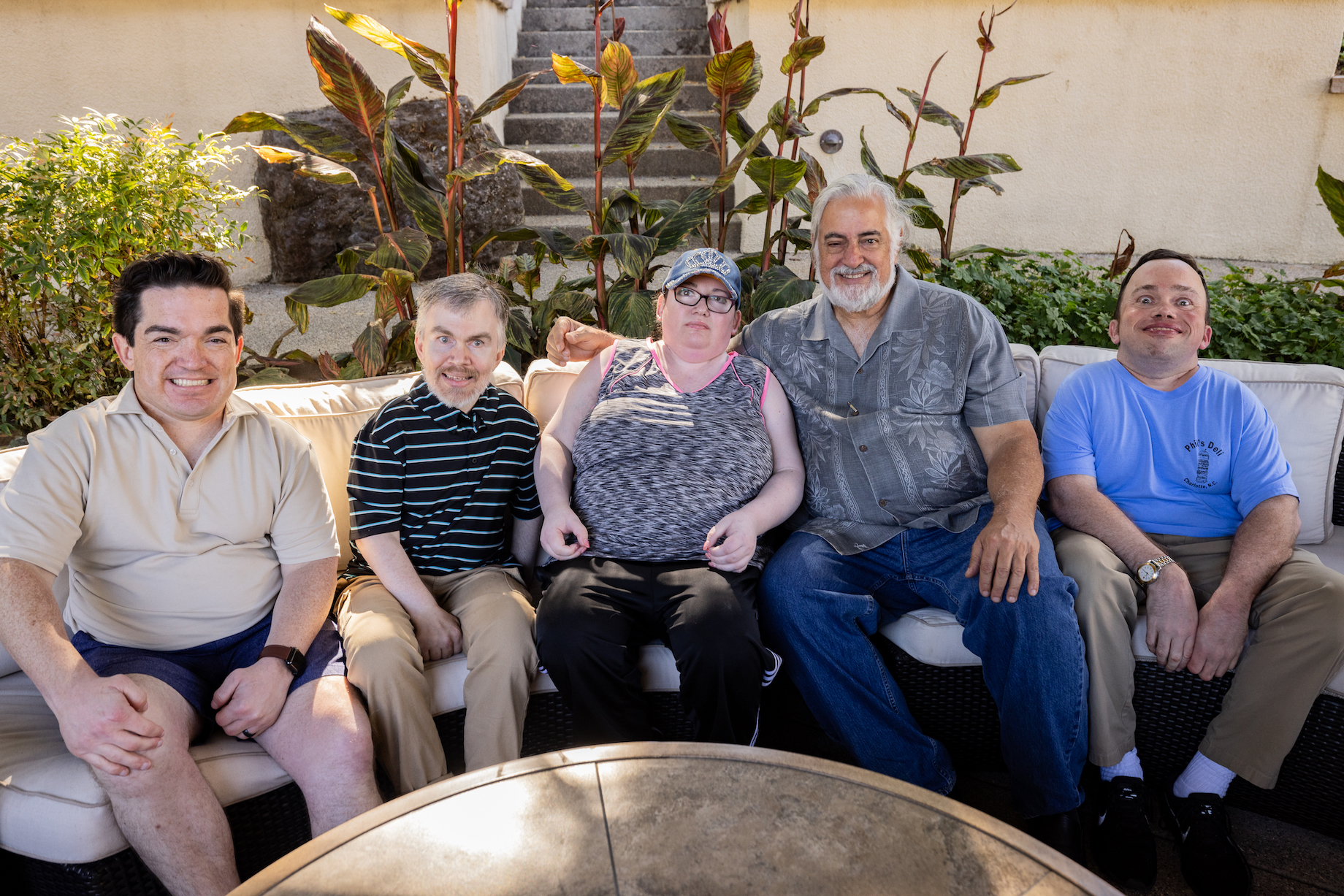In the U.S., over 10,000 rare and ultrarare diseases cumulatively affect 25-30 million Americans, which is more than twice the number of people living with cancer1. For some people living with or caring for a child living with one of these conditions, building community with others, raising awareness, and advocating for changes to the healthcare system can be key to reinforcing their sense of hope and resilience.
At Ultragenyx, as we advance innovative medicines for rare and ultrarare diseases, without approved treatments, we’ve had the honor of meeting many of these extraordinary individuals.
This Rare Disease Day, we introduced the UltraAdvocates, a group of community advocates who are impacted by rare and ultrarare diseases that we’ve brought together to champion change for rare and ultrarare communities through direct advocacy and community engagement.
Meet our first group of UltraAdvocates
“In-person communities feel like home, worth a trillion, million, gazillion dollars—like gold or heaven,” Amber Gray said. “You’re not judged or looked at funny, no weird stares or questions about your abilities. It’s just normal, effortless interaction, and it’s amazing to have four or five days of that.”
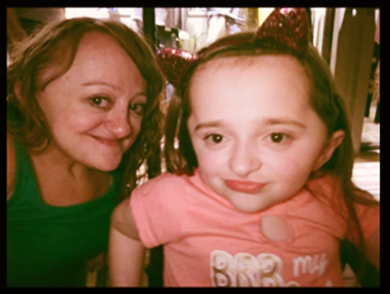
Photo: Amber and Emma Gray

Photo: Weinberg Family
“It’s a passion and my outlet. It helps me cope with my own issues by staying busy and focusing on helping others. I’d rather guide people towards the light at the end of the tunnel than see them lost in darkness without direction. Everyone needs a healthy outlet, and this is mine,”
Ashley Weinberg shared.
“I think this is the best time for GSD, with pharmaceutical companies pursuing treatments. I do believe a meaningful treatment will emerge that significantly impacts quality of life,” Meri Gussin said. “I feel we have real reasons to be hopeful right now.”
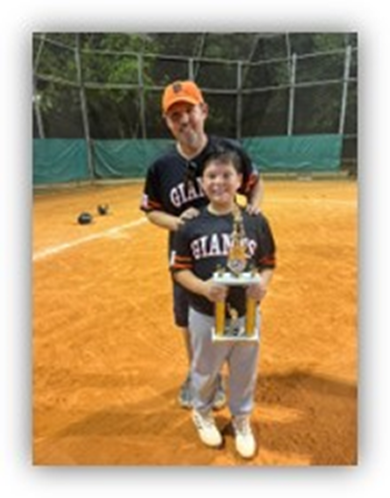
Photo: Jamie and his father, Grant
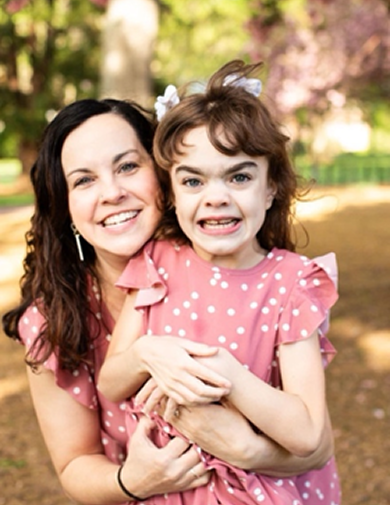
Photo: Sadie and her mother, Ashley
“We initially thought we would just reach family and friends, but it’s amazing what social media can do for awareness,” Haywood said. “It’s kind of crazy, but in a good way.”
The advocates gathered for their first meeting last month, where they discussed how they can engage together to create change, including supporting advances that could improve patient access to innovative therapies in the diseases that impact those in the group directly. In the coming months, they aim to foster community-centered decision-making across the healthcare ecosystem including in areas such as regulation, commercialization, payer coverage, and reimbursement.
By creating awareness and advocating for change, the UltraAdvocates hope to transform the landscape for those living with rare and ultrarare diseases. Stay engaged by exploring the Ultragenyx website to learn more about our advocacy work, and be sure to look for our advocate spotlights and future events on social media.
References:
- Rare disease day: Frequently asked questions. (n.d.). https://rarediseases.org/wp-content/uploads/2019/01/RDD-FAQ-2019.pdf
- Osteogenesis imperfecta. Nation Institutes of Health: MedlinePlus Website. https://medlineplus.gov/genetics/condition/osteogenesis-imperfecta/. Accessed February 5, 2025.
- Angelman Syndrome. MedlinePlus website. https://medlineplus.gov/genetics/condition/angelman-syndrome/. Published October 29, 2019. Accessed February 5, 2025.
- “Glycogen Storage Disease Type 1A | Genetic and Rare Diseases Information Center (GARD) – an NCATS Program.” Rarediseases.info.nih.gov, rarediseases.info.nih.gov/diseases/7864/glycogen-storage-disease-type-1a. Accessed February 5, 2025.
- Pearse Y, Iacovino M. A Cure for Sanfilippo Syndrome? A Summary of Current Therapeutic Approaches and their Promise. Med Res Arch. 2020 Feb 1;8(2):10.18103/mra.v8i2.2045. doi: 10.18103/mra.v8i2.2045. Epub 2020 Feb 21. PMID: 32733997; PMCID: PMC7391468.
